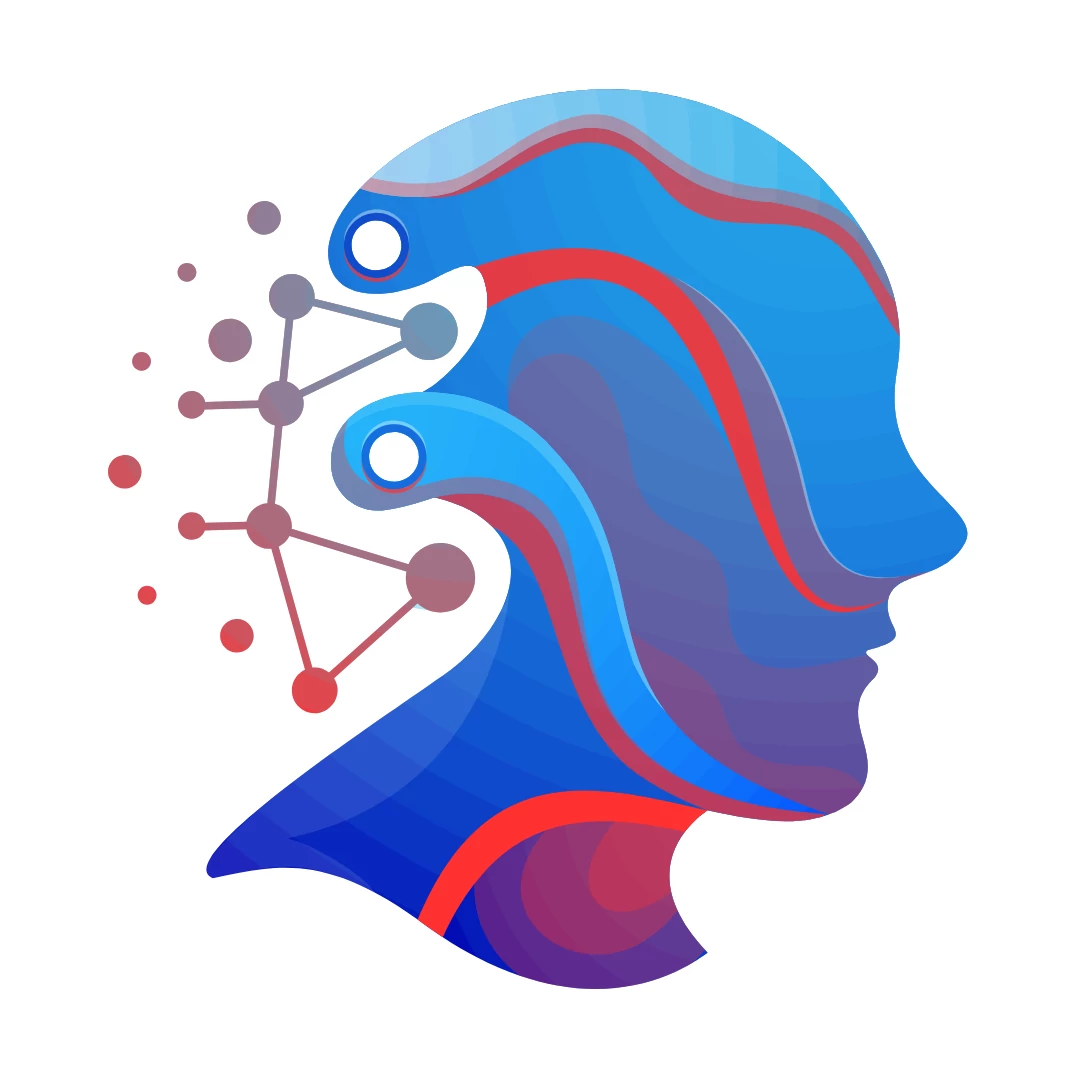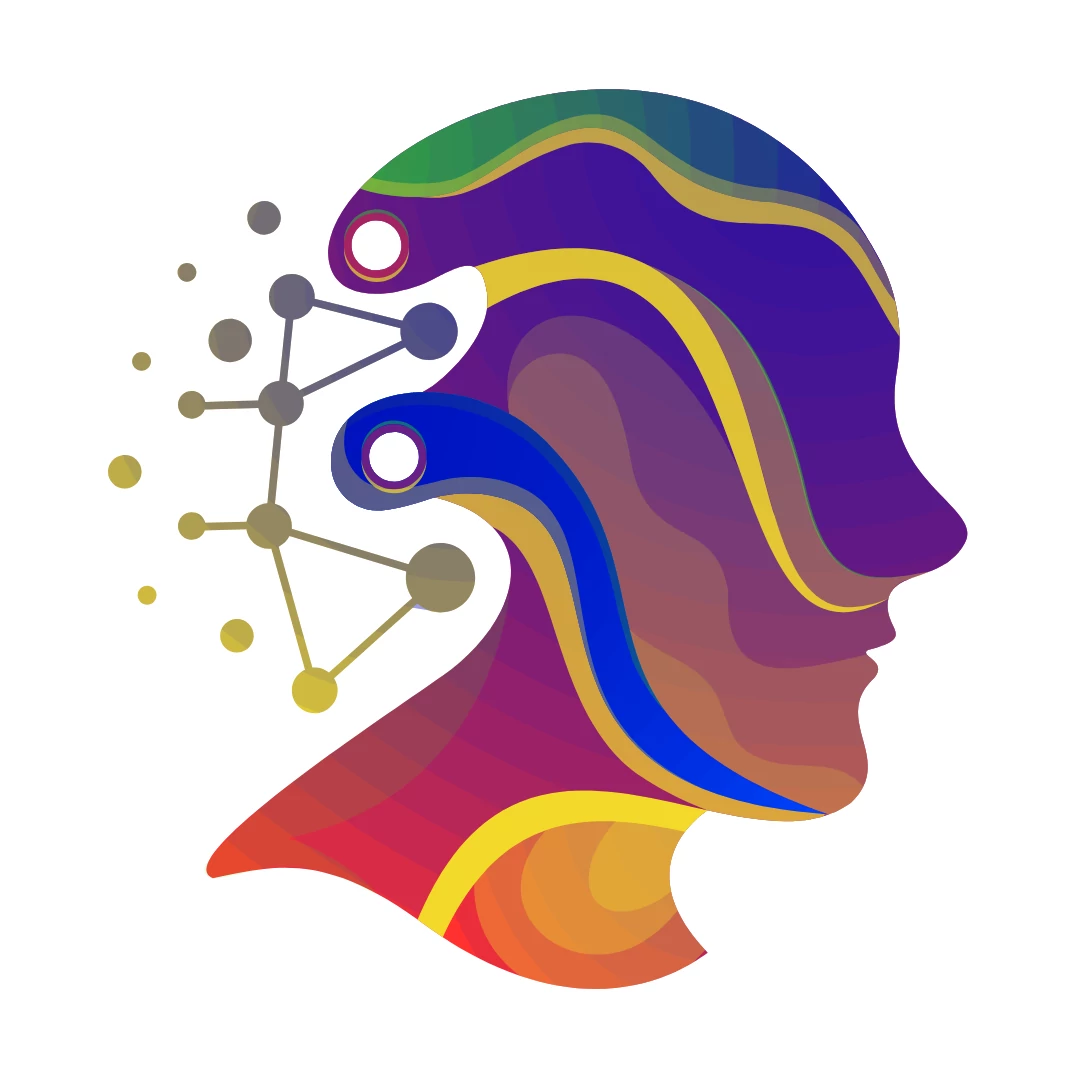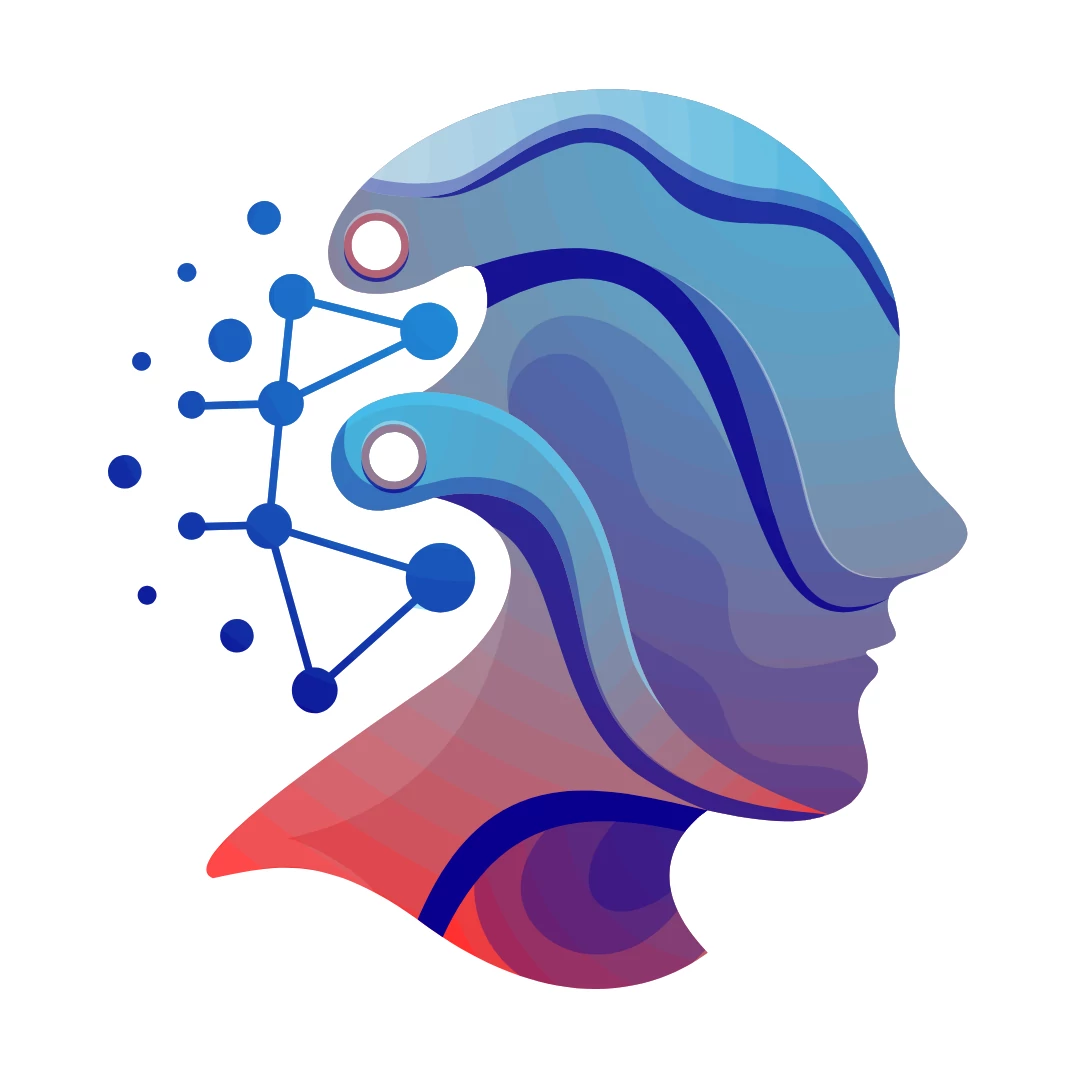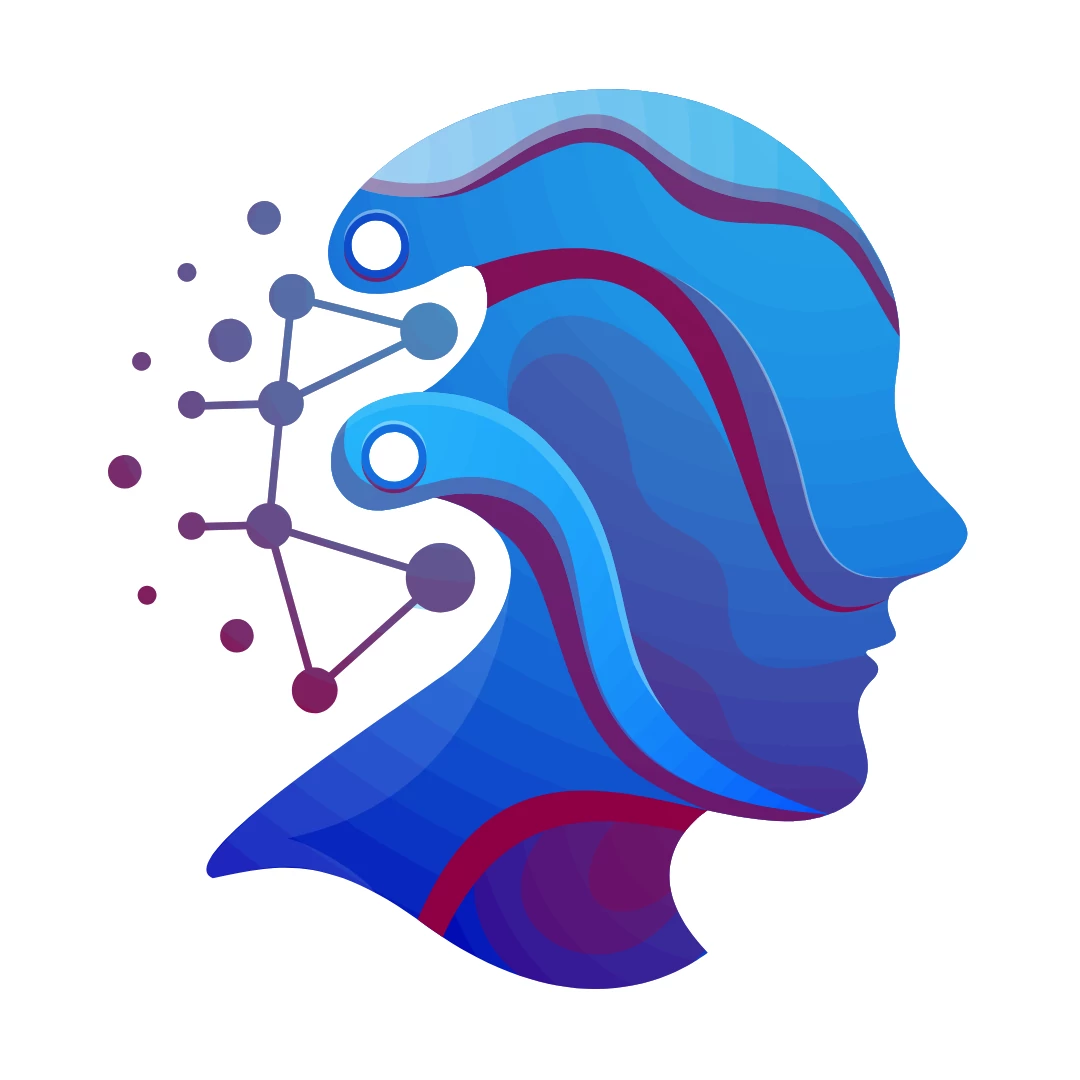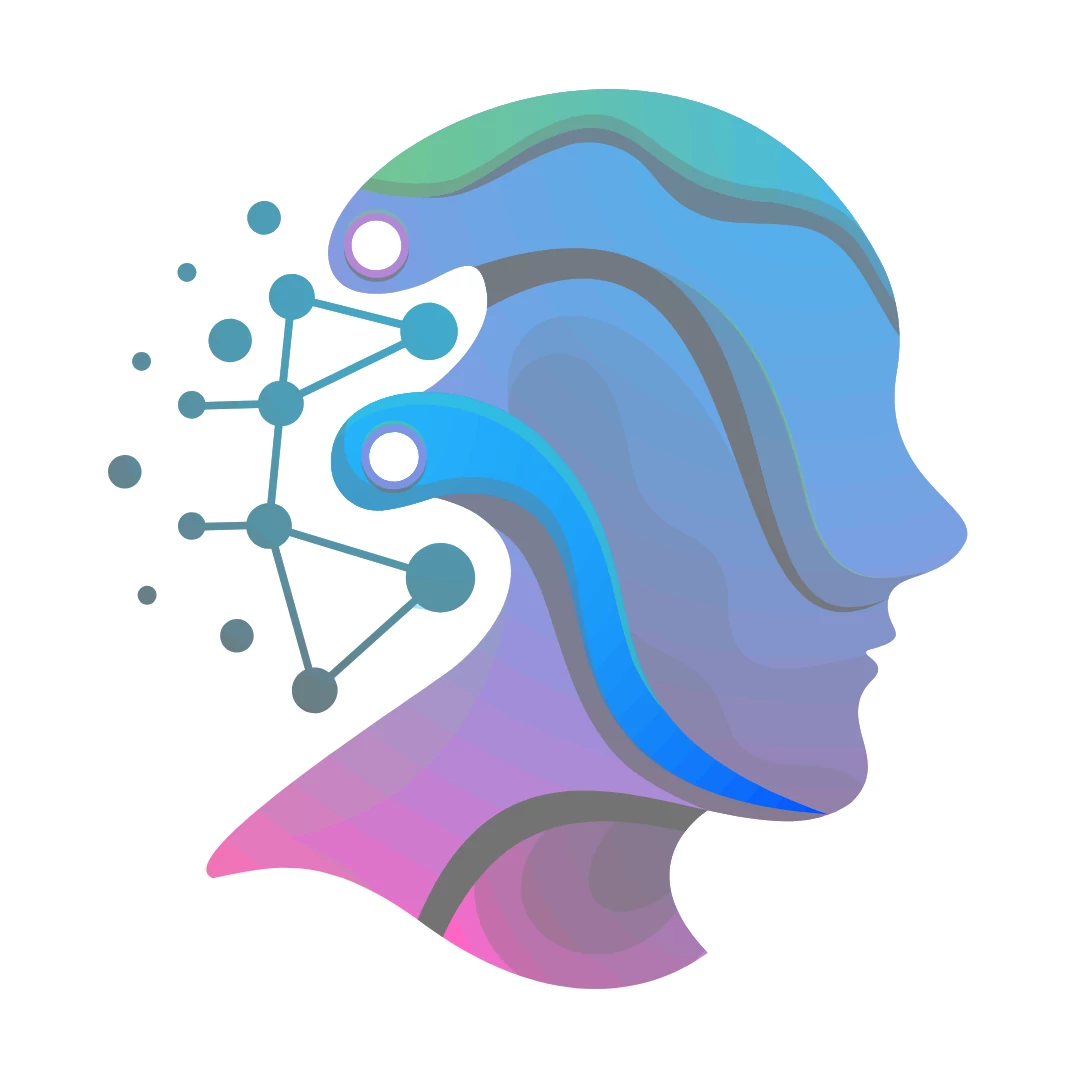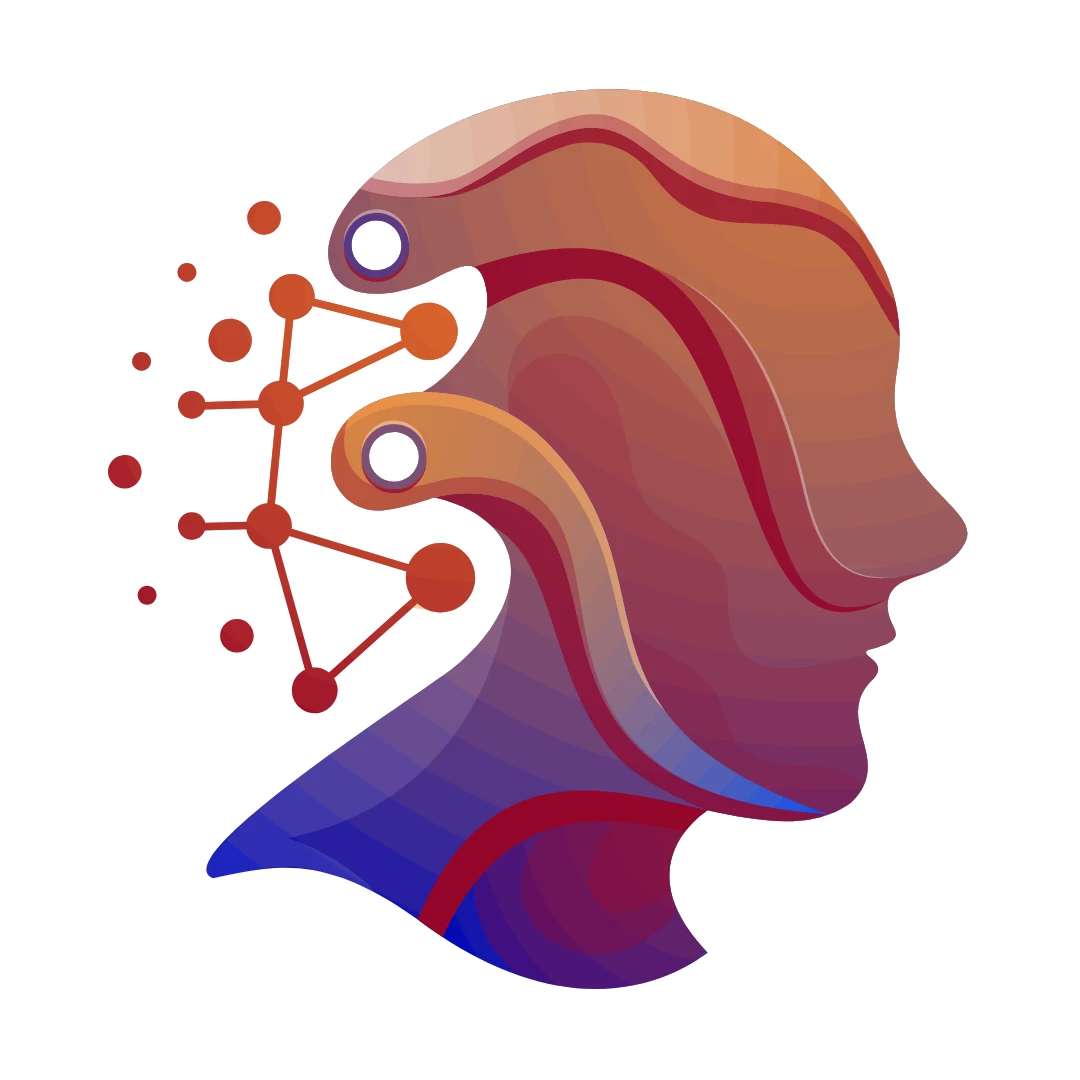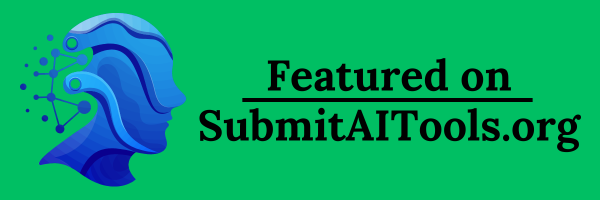Miro
Where Ideas Meet Action in Miro’s Collaborative Universe
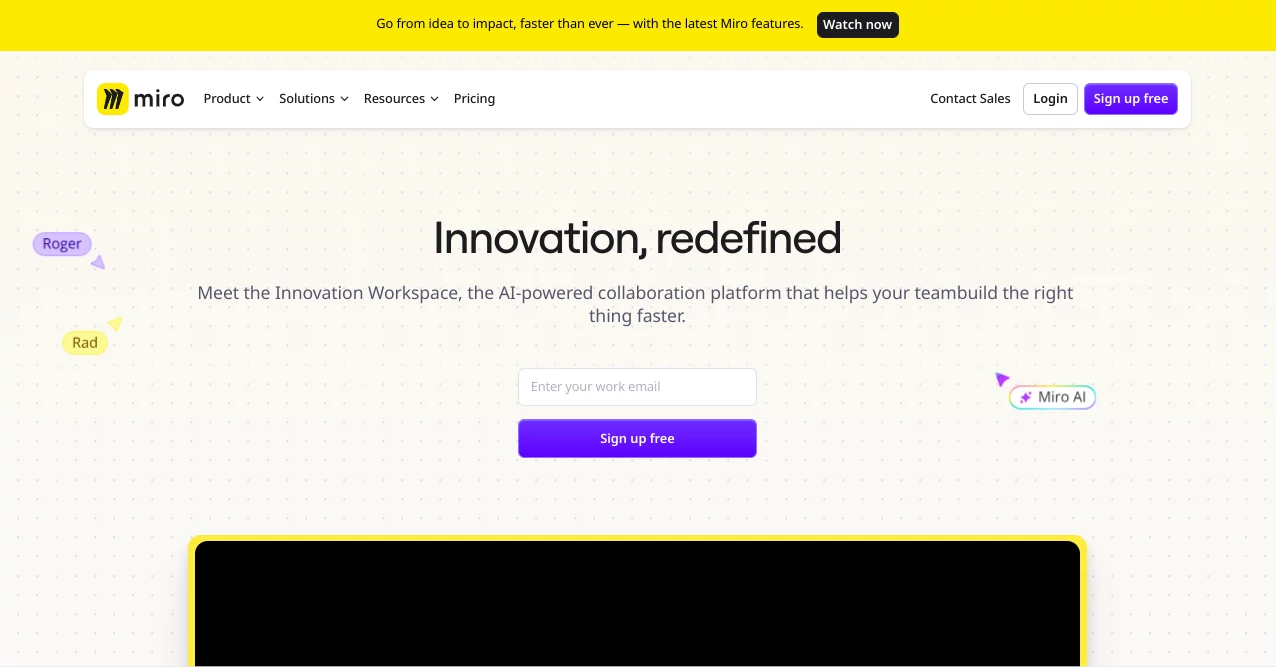
What is Miro?
Transforming Teamwork with a Digital Canvas
In an era where collaboration often spans time zones and technologies, finding a tool that keeps teams aligned and inspired can feel like a quest. Miro steps up as a solution, offering an online visual workspace that transcends the limitations of traditional brainstorming. More than just a digital whiteboard, Miro is a dynamic platform where ideas come to life, workflows are streamlined, and creativity knows no bounds. Whether you’re a designer, educator, or business leader, Miro promises to elevate how you work together. Let’s explore what makes this tool a cornerstone of modern collaboration.
The Birth and Evolution of Miro
Miro began as RealtimeBoard in 2011, founded by entrepreneurs Andrey Khusid and Oleg Shardin with a vision to digitize the classic whiteboard experience. What started as a simple idea has since blossomed into a global phenomenon, rebranded as Miro in 2019 to reflect its expanded mission. Based in San Francisco but with roots in Europe and a worldwide user base, Miro now supports over 50 million users, including teams at giants like Cisco, PwC, and Airbnb. Its growth mirrors the rise of remote work, positioning it as a vital tool for a distributed workforce.
At its heart, Miro is about breaking down barriers. It offers a boundless digital canvas where teams can collaborate in real time, turning abstract thoughts into actionable plans. With a sleek interface and a suite of powerful features, it’s designed to feel intuitive yet robust, catering to both novices and seasoned professionals.
What Sets Miro Apart?
Miro’s appeal lies in its ability to blend simplicity with sophistication. Here’s a closer look at its key offerings:
1. Endless Digital Workspace
2. Seamless Real-Time Interaction
3. Ready-Made Templates
4. Tool Integrations
5. Creative and Functional Tools
6. Flexible Sharing Options
Miro’s infinite canvas is a game-changer. Unlike physical whiteboards that run out of space, this digital alternative lets you spread out ideas as far as your imagination takes you. Zoom in for precision or out for perspective—it’s a playground for big thinking.
Collaboration thrives when everyone can contribute instantly. Miro enables team members to work together live, with visible cursors, sticky notes, and drawing tools creating a shared experience. Add in voice or video options (on premium plans), and it’s as close to an in-person session as you can get online.
Not sure where to start? Miro’s library of templates covers everything from Kanban boards to brainstorming frameworks. These pre-designed layouts save time and provide a springboard for projects, adaptable to any industry or goal.
Miro plays well with others, syncing effortlessly with apps like Asana, Zoom, Dropbox, and Slack. This connectivity transforms it into a central hub, reducing the need to juggle multiple platforms while keeping your work cohesive.
From flowcharts and mind maps to timers and polls, Miro equips you with a toolbox for every task. Drag-and-drop elements, freehand drawing, and structured layouts make it easy to visualize concepts and keep discussions flowing.
Invite collaborators with a link and control their access—view, edit, or comment. This feature is perfect for sharing progress with clients or gathering feedback from stakeholders without compromising your board’s integrity.
Why Miro is a Must-Have Today
The shift to remote and hybrid work has exposed the cracks in traditional collaboration methods. Miro fills those gaps by creating a virtual space that’s as dynamic as a physical meeting room. Accessible from any device with an internet connection, it ensures that location is no longer a barrier to productivity. Teams can iterate on designs, plan strategies, or teach lessons without missing a beat.
Miro also taps into the power of visual thinking. Research shows that visuals improve retention and understanding, and Miro capitalizes on this by letting users build diagrams, sketches, and workflows instead of relying solely on text. This approach not only clarifies complex ideas but also inspires innovation by making the invisible visible.
For organizations, Miro cuts through the clutter of disjointed communication. No more lost sticky notes or forgotten email threads—everything lives in one editable, searchable space. It’s a tool that scales with your needs, whether you’re a solo entrepreneur mapping a business plan or a multinational team aligning on a global launch.
Who Uses Miro and How?
Miro’s versatility shines across diverse applications:
Tech and Development: Engineers and developers use Miro to diagram systems, plan sprints, and track bugs, often integrating it with DevOps tools for a streamlined process.
Education and Training: Instructors design interactive lessons, while students collaborate on group projects, making virtual classrooms more engaging.
Creative Teams: Designers and writers brainstorm campaigns, storyboard concepts, and refine visuals, all within a shared creative space.
Strategic Planning: Executives and managers map out goals, conduct SWOT analyses, and align teams on long-term visions.
Pricing That Fits Your Needs
Miro’s pricing is structured to accommodate everyone. The free tier offers three editable boards and basic collaboration features, ideal for small teams or personal use. Paid plans begin at $8 per user per month (annual billing), unlocking unlimited boards, advanced security, and premium support. Enterprise options cater to large-scale needs with features like SSO and dedicated account management. This range ensures Miro is approachable yet powerful, no matter your budget.
Miro’s Vision for the Future
Miro isn’t resting on its laurels. Regular updates bring fresh features, like AI-driven insights that summarize content or suggest next steps, keeping it ahead of the curve. Its community-driven approach—listening to user feedback and fostering a vibrant ecosystem—sets it apart as a platform that evolves with its audience.
As collaboration becomes increasingly digital, Miro stands out as a leader, not just a tool. It’s a space where ideas ignite, teams connect, and projects take shape. For anyone looking to bridge the gap between imagination and execution, Miro offers the perfect blend of freedom and structure.
Miro: video demonstration
AI Productivity Tools , AI Task Management , AI Team Collaboration , AI Workflow Management , AI Project Management , AI Product Description Generator .
These classifications represent its core capabilities and areas of application. For related tools, explore the linked categories above.
Miro details
Pricing
- Freemium
Apps
- Web Tools
Categories
Miro Alternatives Product
TrueSource AI
4ga Boards
Zivy
Alloy

